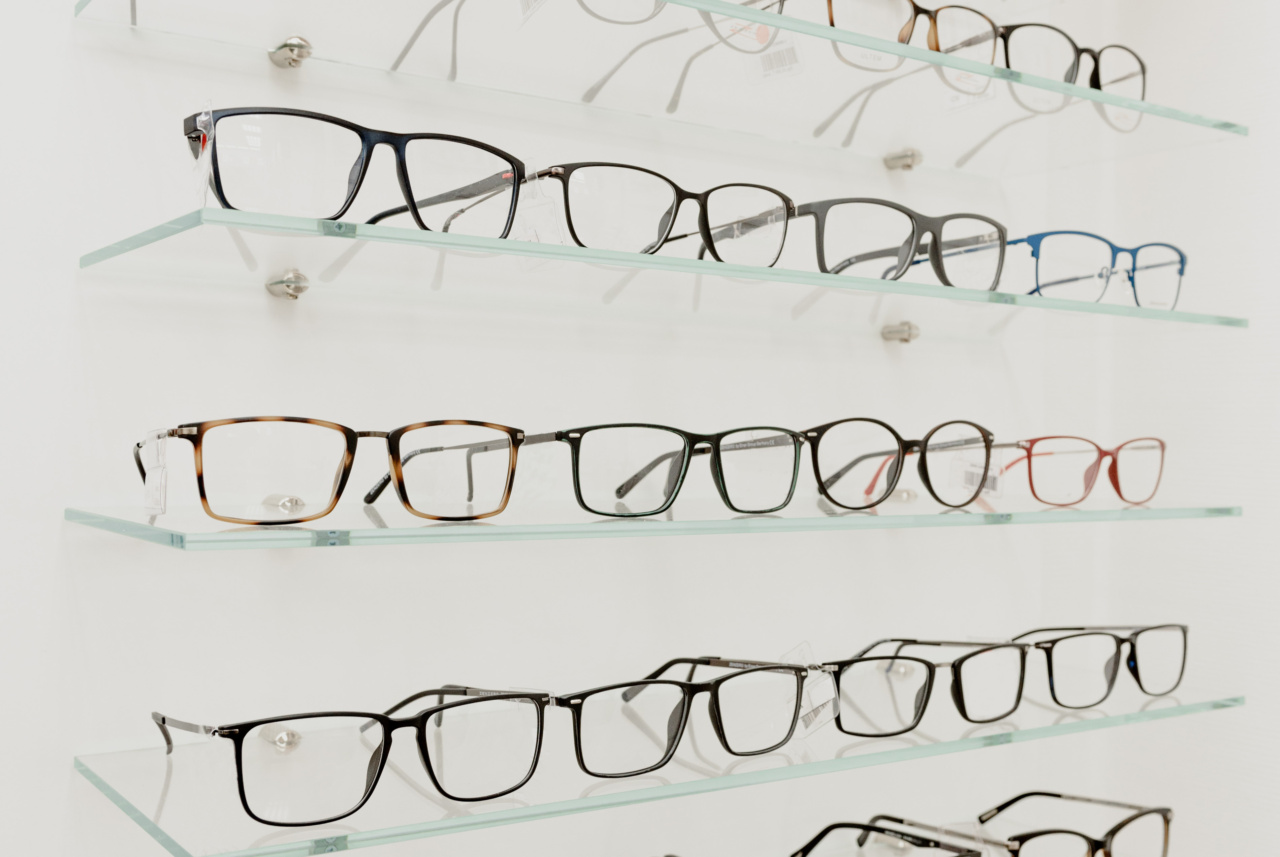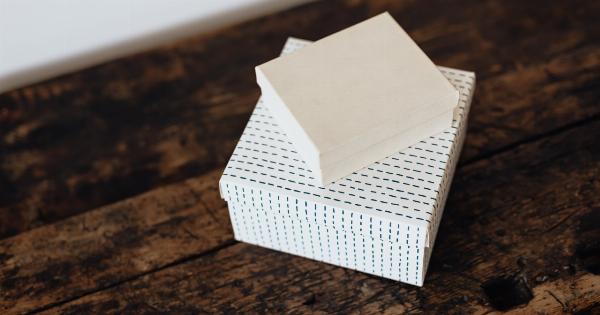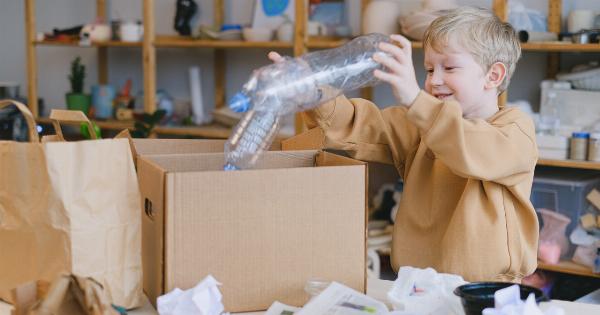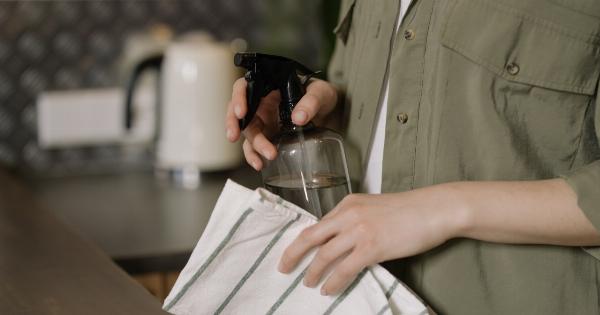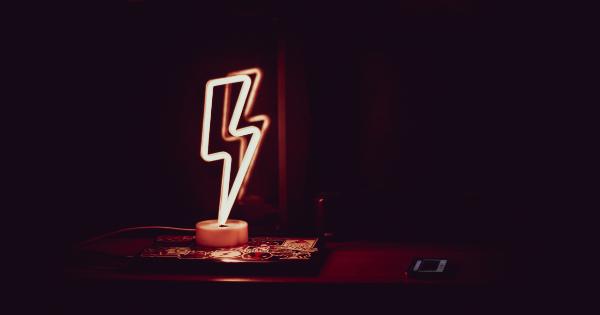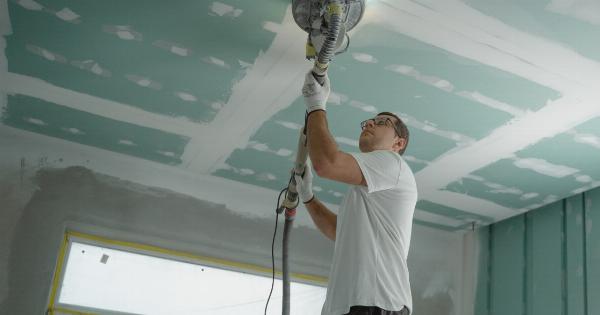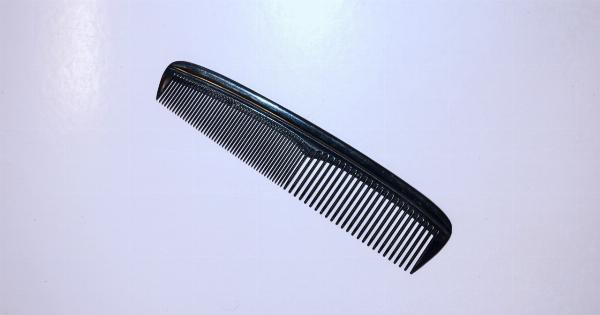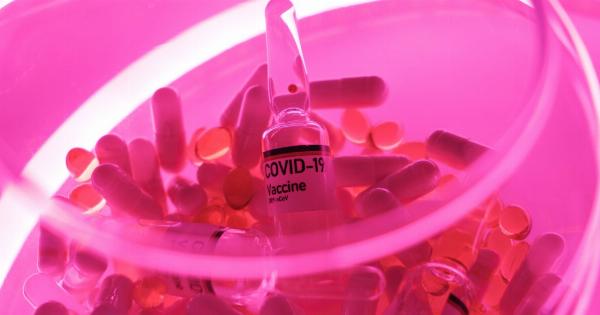When we think of products with a shelf life, we often think of items that are consumed, such as food or medication. However, there are also non-consumable items that have a shelf life.
These items may lose their effectiveness or become unusable over time, making it important to pay attention to their expiration dates and storage requirements. Here are some examples of non-consumable items with a shelf life:.
1. Batteries
Batteries have a limited shelf life, which can vary depending on the type and brand. Alkaline batteries typically last 5-10 years, while lithium batteries can last up to 20 years.
However, even if a battery is not used, it will eventually lose its charge and become unusable. To extend the shelf life of batteries, store them in a cool, dry place and avoid exposing them to extreme temperatures.
2. Sunscreen
Sunscreen is designed to protect our skin from the sun’s harmful UV rays. However, sunscreen can lose its effectiveness over time, especially if it is exposed to heat or sunlight.
Most sunscreens have a shelf life of 2-3 years, so it’s important to check the expiration date before using it. Additionally, store sunscreen in a cool, dry place and avoid leaving it in a hot car or direct sunlight.
3. Fire Extinguishers
Fire extinguishers are an important safety device that can help put out small fires before they become uncontrollable. However, fire extinguishers have a limited shelf life and can lose pressure over time.
Most fire extinguishers last 5-15 years, depending on the type and manufacturer. To ensure your fire extinguisher is ready to use in case of an emergency, check the expiration date and make sure it is properly stored and maintained.
4. Light Bulbs
Light bulbs may not seem like something that has a shelf life, but they can actually lose their brightness and effectiveness over time. Incandescent bulbs typically last 1000 hours, while LED bulbs can last up to 50,000 hours.
However, even if a light bulb is not used, it can still degrade over time due to oxidation. To extend the life of your light bulbs, store them in a cool, dry place and handle them carefully when installing or removing.
5. Paint
Paint can be a costly investment when you’re renovating or redecorating your home. However, paint can lose its color and consistency over time, especially if it’s not stored properly.
Most latex paints have a shelf life of 2-3 years, while oil-based paints can last up to 15 years. To extend the life of your paint, store it in a cool, dry place and avoid exposing it to extreme temperatures or sunlight.
6. Tires
Tires are the only part of your vehicle that comes into contact with the road, making them a critical component of your safety and performance. However, tires can age and degrade over time, even if they’re not used.
Most tire manufacturers recommend replacing tires every 6 years, regardless of the tread depth. To extend the life of your tires, store them in a cool, dry place and avoid exposing them to sunlight or extreme temperatures.
7. Cleaning Products
Cleaning products are essential for maintaining a clean and healthy home. However, cleaning products have a limited shelf life and can lose their effectiveness over time.
Most cleaning products last 2-3 years, but some can degrade more quickly if not stored properly. To extend the life of your cleaning products, store them in a cool, dry place and avoid exposing them to heat or direct sunlight.
8. First Aid Supplies
First aid supplies are crucial in case of an emergency, but many people don’t realize that they also have a shelf life.
Medications can lose their potency over time, and bandages and other supplies can become less effective if they’re not stored properly. To ensure your first aid supplies are ready to use when you need them, check the expiration dates regularly and replace any expired items.
9. Electronics
Electronics are constantly evolving, with new models and features hitting the market every year. However, electronics also have a limited lifespan, with most devices lasting 3-5 years before they become outdated or stop working.
To extend the life of your electronics, follow the manufacturer’s guidelines for storage and maintenance, and avoid exposing them to extreme temperatures or humidity.
10. Air Filters
Air filters are an important component of your heating and cooling system, helping to remove pollutants and allergens from your indoor air. However, air filters can become clogged and less effective over time.
Most air filters need to be replaced every 1-3 months, depending on the type and usage. To maintain healthy indoor air quality and extend the life of your HVAC system, change your air filters regularly and follow the manufacturer’s guidelines.
